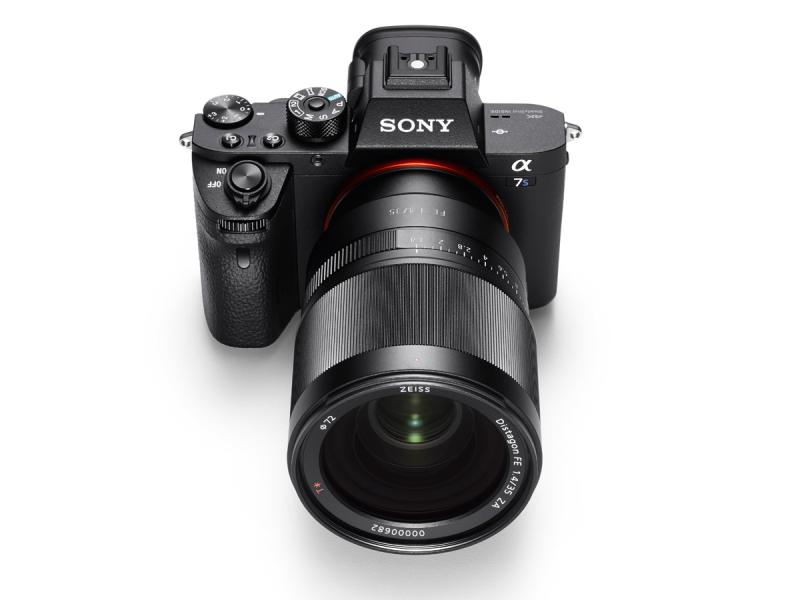Sony unveils the a7S II camera
The most notable feature may be the internal 4K recording where Sony is clearly going after some of the attention taken up by the Panasonic GH4 and the Black Magic Cinema Camera. The camera records to the same XAVC S codec we have become used to from the original A7s, using the full 4K image area of the sensor, which was previously only possible via an external recorder.
Inside the camera is a 12.2-megapixel full frame CMOS sensor, which is created to optimize dynamice range while minimizing noise. Full pixel readout without pixel binning is also employed when shooting Full HD movies, which means that it collects information from approximately five times as many pixels that are required to generate Full HD and condenses the information to produce extremely high quality movies. It can also record 1080p footage at up to 120 frames per second.
Video functionality has been further enhanced with new profiles; S-Gamut3.Cine/S-Log3 and S-Gamut3/S-Log3.
The A7sII inherits the new 5-axis in-camera stabilization we saw on the Sony A7rII that gives you optical image stabilization with any lens. Gamma Display Assist is a new function that lets you monitor images or check focus when recording S-Log movies, and Zebra function has greater control.
The autofocus system on the a7S II has been upgraded and now offers 169 AF points for fast, precise focusing with greater accuracy compared to the original model. However, with a 35mm equivalent full-frame sensor, wildly high ISO capabilities, and now-proven 5-axis stabilization, there is no doubt the a7s II will contend with its contemporaries in the cinematography department. The silent shooting mode “can be activated at up to 5 fps continuous shooting and there is reduced-vibration shutter movement”.
The Sony α7S II will be available in October for about $3,000 at a variety of Sony authorized dealers nationwide. Sony adds that by early 2016, the company will add seven new full-frame FE lenses to the lineup, so there will be 20 in total.
Ever since the release of the original a7, Sony hasn’t been shy about quickly updating their now-popular line of full-frame mirrorless cameras.








